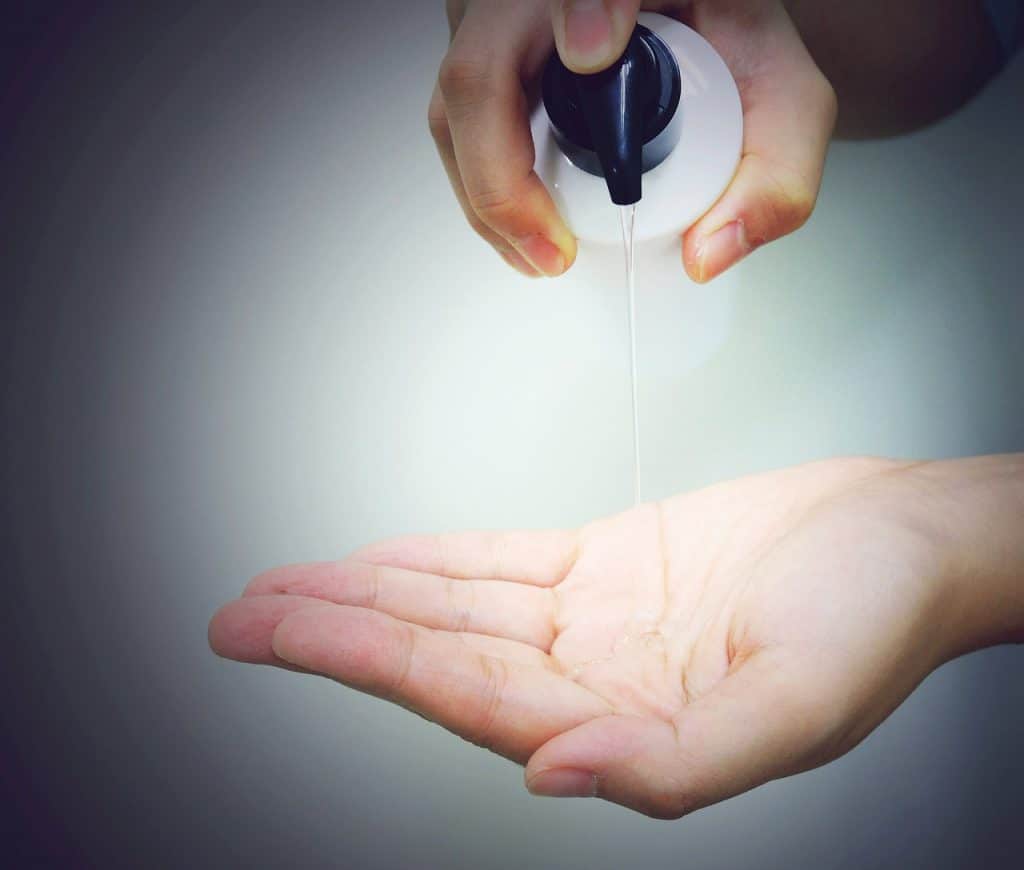Deodorant, cologne, perfume, shampoo, conditioner – all of these are in my home, and I bet this and more are in your home, too!
As much as we all use this stuff, we don’t really know too much about what’s in them and what impact they can have on your health and your hormones, which have a big influence on how you feel and how your body functions.
It may shock you to learn that the average woman in the US uses 12 personal care items each day, and these products contain 168 different types of chemicals on average, as reported by ABC News (https://abcnews.go.com/Health/women-put-average-168-chemicals-bodies-day-consumer/story?id=30615324). Men fare slightly better because they often use fewer products, but they are still exposing themselves to 85 different chemicals daily.
While the European Union (EU) has been proactive in the regulation of cosmetic chemical exposure, the US still lags well behind. According to Dr. Shuai Xu, the Northwestern University dermatologist who led the study, the EU has banned more than 1,000 chemicals in cosmetic products, while the US has only pulled ten. In the US, no prior authorization from any agency is needed before a personal care product reaches consumers, and the US Food and Drug Administration (FDA) can’t take action until a product has caused harm. Making matters worse, the FDA has placed the responsibility for ensuring products are safe on the manufacturers, and these companies are not required to share their testing methods or results with the public or any government agency.
Unfortunately, these circumstances have led to a variety of dangerous chemicals in cleaning and cosmetic products being marketed to the public. There is a ray a hope, however; one study has already found that if you reduce your exposure to these products, you can significantly reduce your daily exposure to hormone-harming chemicals.
The study, published in Environmental Health Perspectives, involved 100 young women who had their chemical urine levels tested before and after switching their current cosmetic products to ones that were free of known harmful chemicals such as parabens (https://www.ncbi.nlm.nih.gov/pmc/articles/PMC5047791/). After just three days of using the replacement products, the women were found to have levels of dangerous chemicals in their urine reduced by 30 to 40 percent.
While the government has a long way to go to catch up when it comes to regulating health care products, you can take steps right now to reduce your exposure to hormone-disrupting chemicals. Take an inventory of your bathroom stock, and start finding replacements for items that contain dangerous chemicals such as phthalates and parabens.




